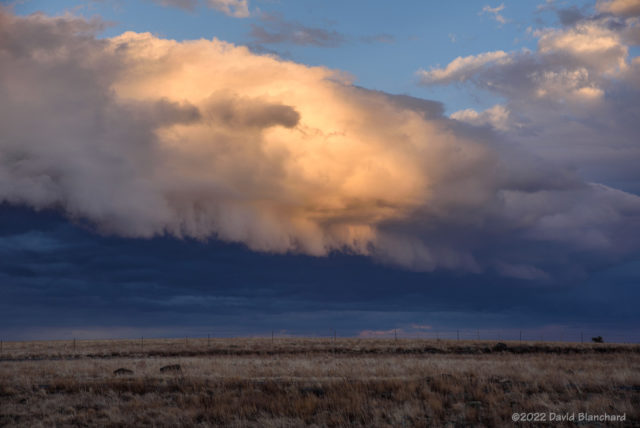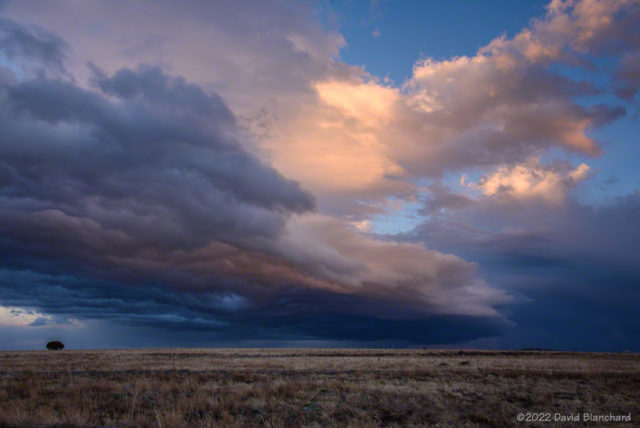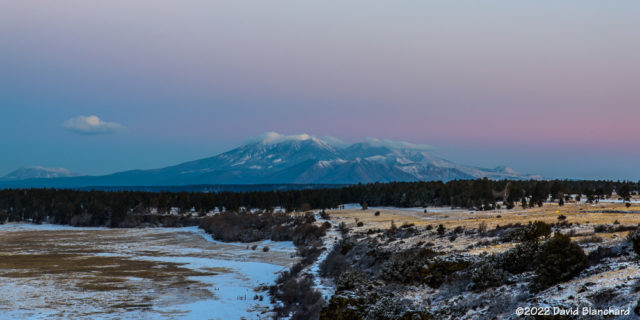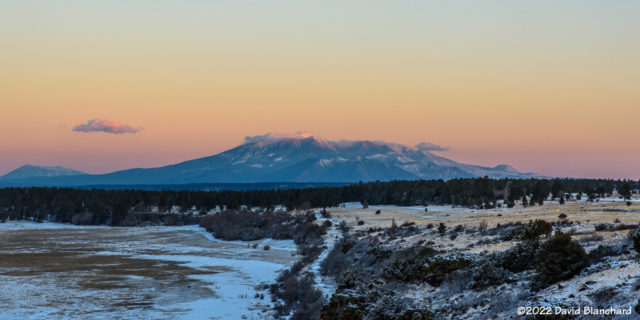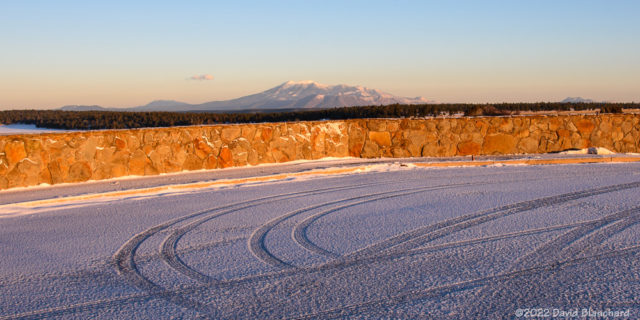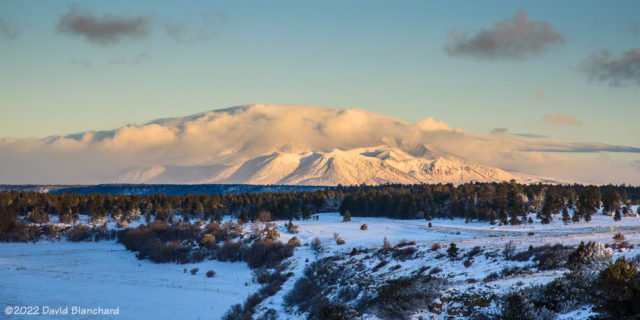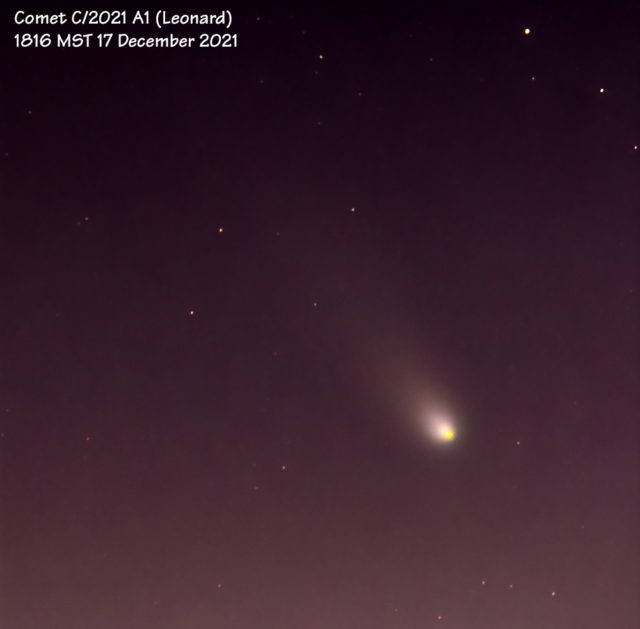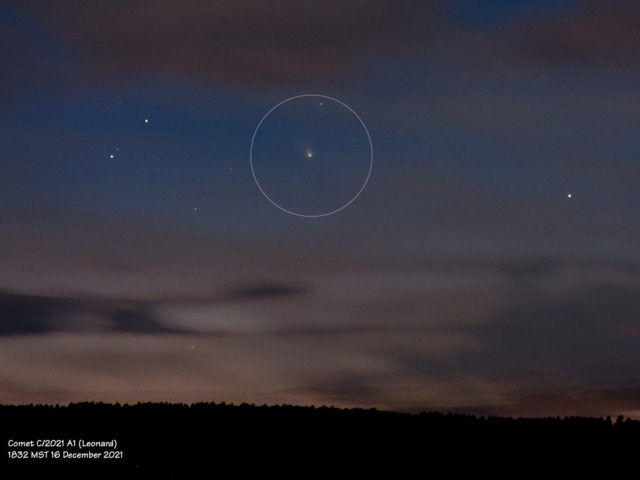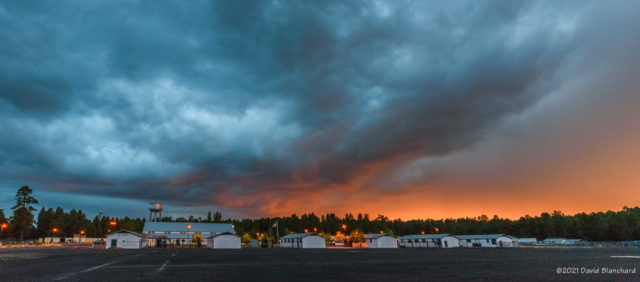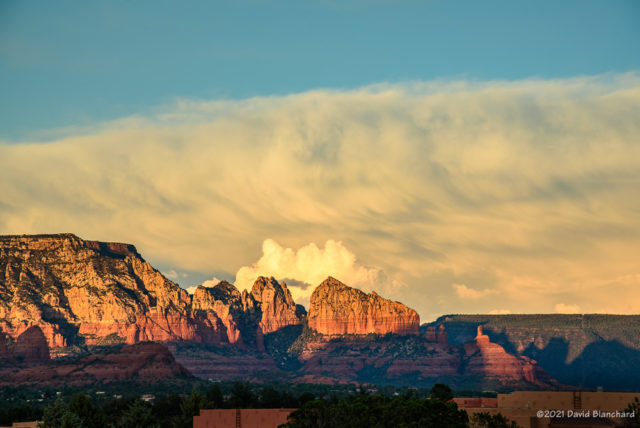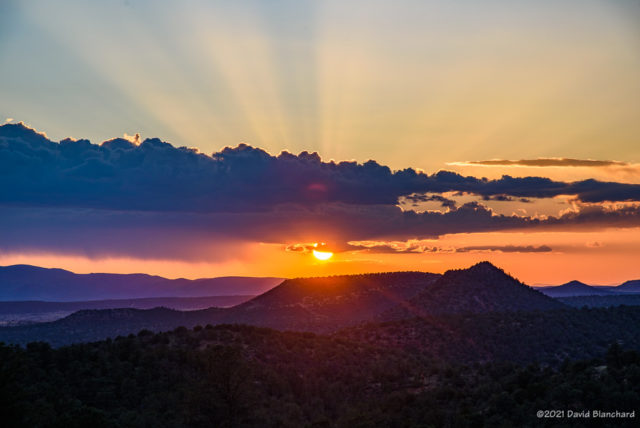Another winter storm moved across northern Arizona on Friday and Saturday dropping several inches of snow. Clouds began to clear Sunday morning just before sunrise setting up the possibility of a great sunrise. Well—it was a great sunrise at my location but a small patch of low clouds blocked the sun from shining on the San Francisco Peaks.
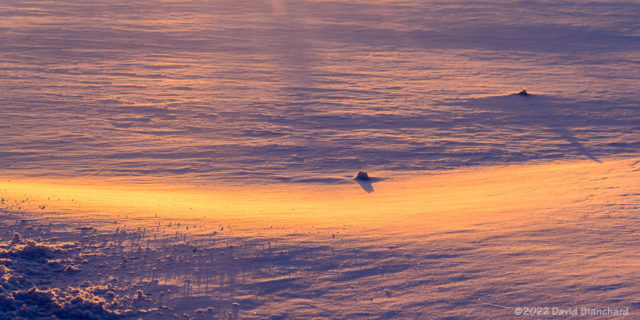
Time to shoot photos of something else. Here is an image as the first sunlight hits the snow in front of me. The sun angle is so low that the slightest undulations in snow create long shadows.
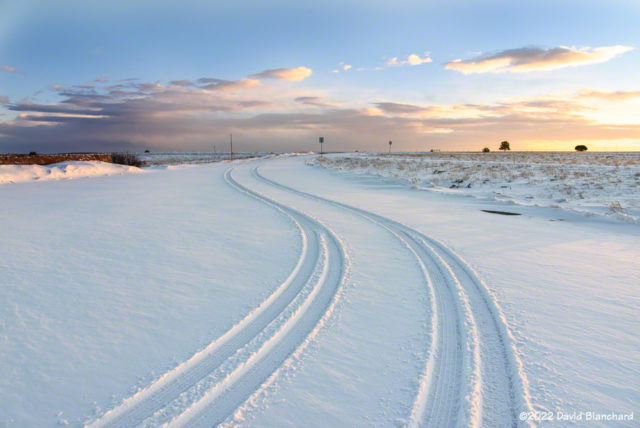
Tire tracks in snow are interesting, aren’t they? Taken just a few minutes later as a bit of cloudiness moved in front of the sun.
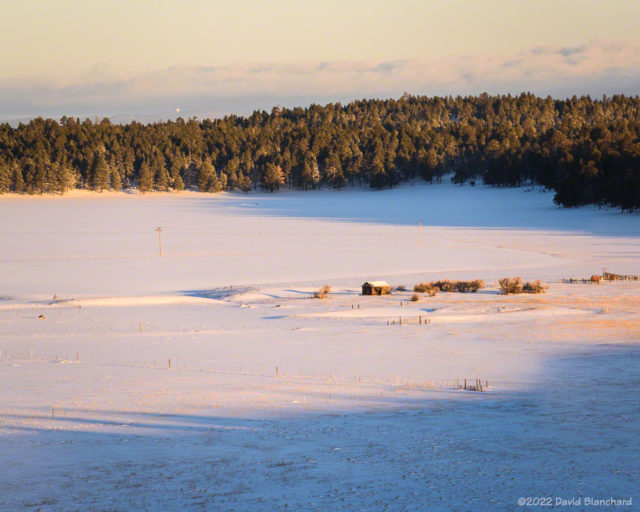
There are a couple of old buildings in the meadow near Mormon Lake and the sun and clouds provide a natural spotlight on the old ranch.
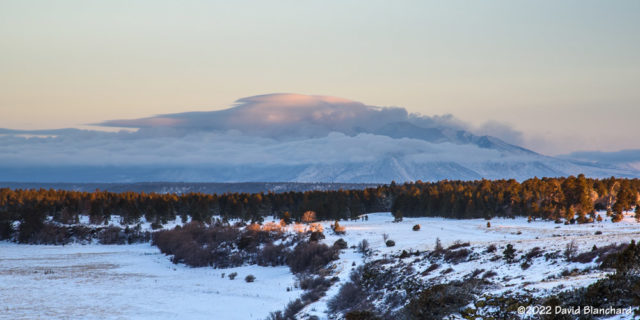
Here is an image of the San Francisco Peaks with just a bit of light striking the highest clouds.
Finally, a short time lapse video of the peaks and clouds. Note the sinking motion along the eastern edge of the peaks as well as the hydraulic jump farther downstream.

